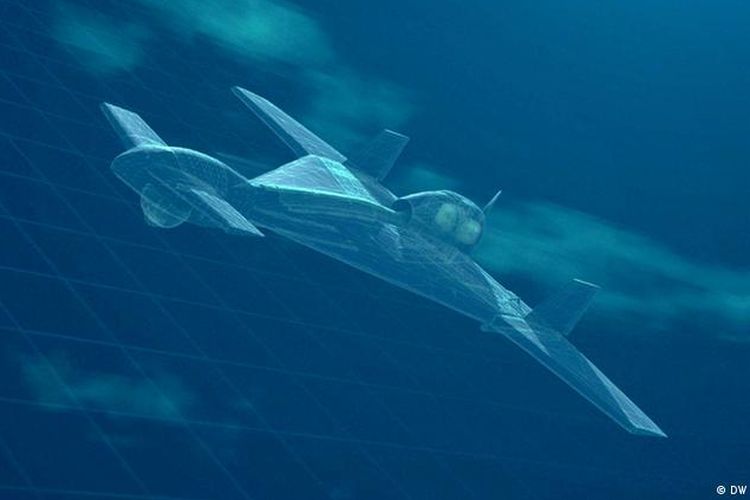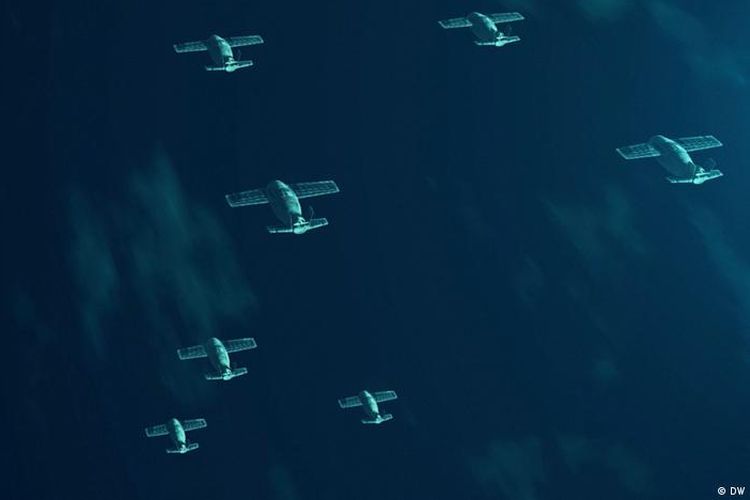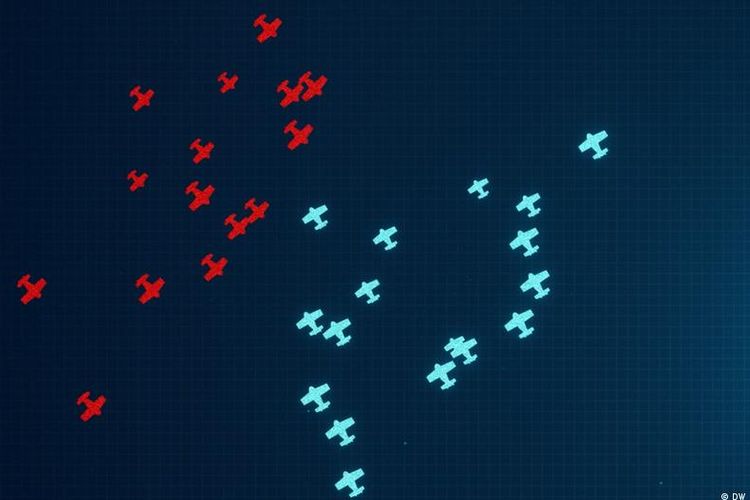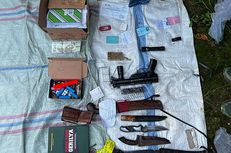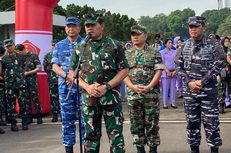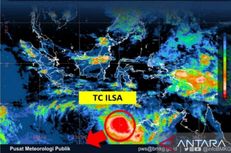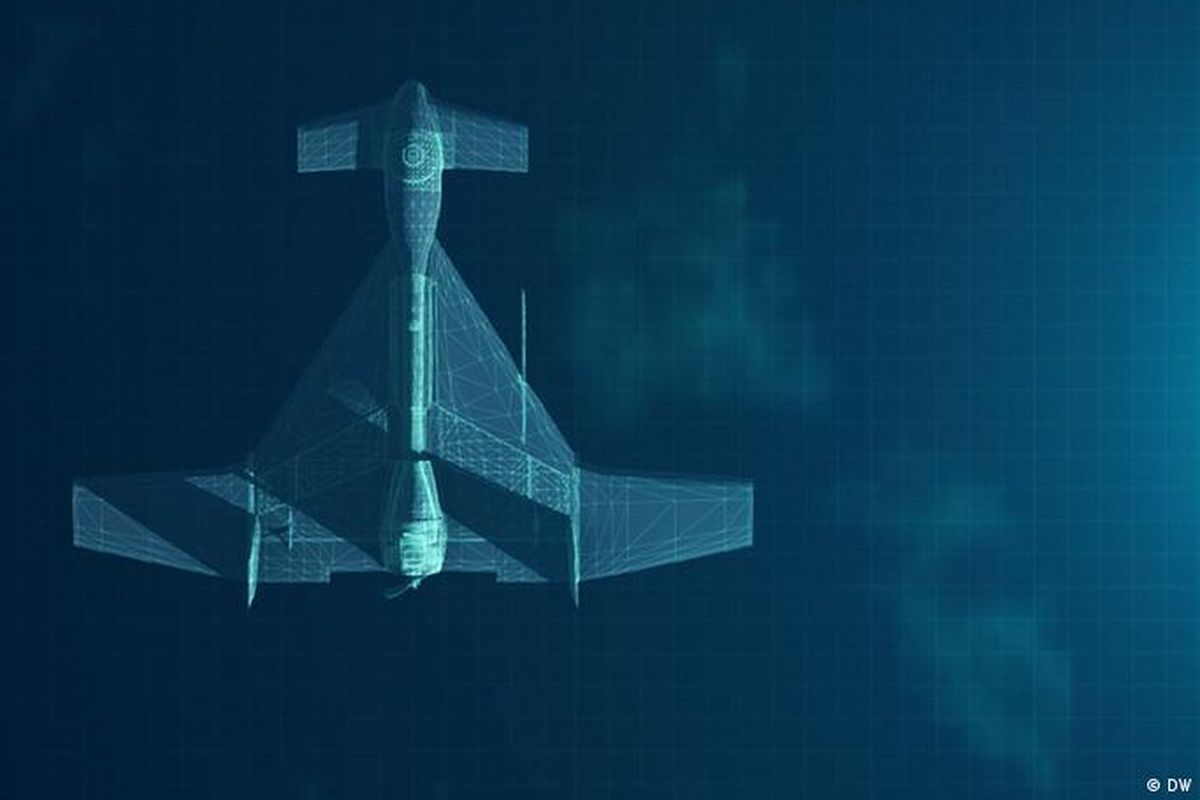
Docherty fears that the consensus-bound Geneva process may be thwarted by powers that have no interest in a treaty.
"Russia has been particularly vehement in its objections," Docherty said. But it's not alone. "Some of the other states developing autonomous weapon systems such as Israel, the US, the United Kingdom and others have certainly been unsupportive of a new treaty."
Time for a rethink?
Docherty is calling for a new approach if the next round of Geneva talks due later this year makes no progress.
She has proposed "an independent process, guided by states that actually are serious about this issue and willing to develop strong standards to regulate these weapon systems."
But many are wary of this idea. Germany's foreign minister has been a vocal proponent of a ban, but he does not support the Campaign to Stop Killer Robots.
Also read: Afghanistan to Discuss Fate of Foreign IS Prisoners With Their Countries
"We don't reject it in substance — we're just saying that we want others to be included," Heiko Maas told DW. "Military powers that are technologically in a position not just to develop autonomous weapons but also to use them."
Maas does agree that a treaty must be the ultimate goal. "Just like we managed to do with nuclear weapons over many decades, we have to forge international treaties on new weapons technologies," he said.
"They need to make clear that we agree that some developments that are technically possible are not acceptable and must be prohibited globally."
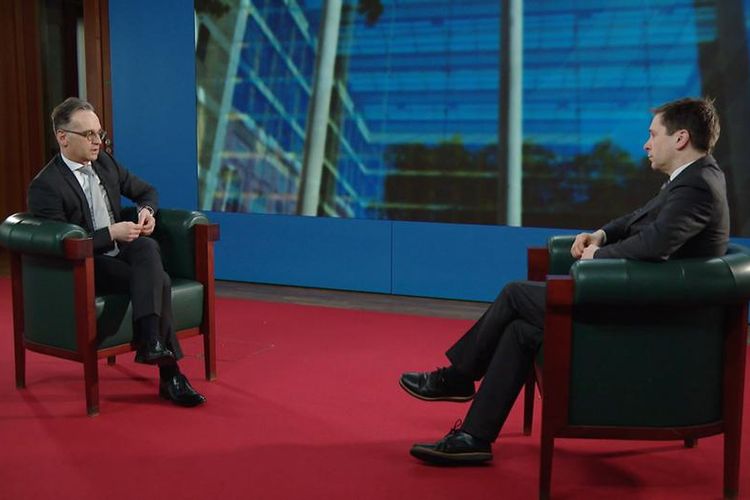 Germany's Heiko Maas in DW interview: 'We're moving toward a situation with cyber or autonomous weapons where everyone can do as they please'
Germany's Heiko Maas in DW interview: 'We're moving toward a situation with cyber or autonomous weapons where everyone can do as they please'What next?
But for now, there is no consensus. For Franke, the best the world can hope for may be norms around how technologies are used.
"You agree, for example, to use certain capabilities only in a defensive way, or only against machines rather than humans, or only in certain contexts," she said.=
Even this will be a challenge. "Agreeing to that and then implementing that is just much harder than some of the old arms control agreements," she said.
And while diplomats tiptoe around these hurdles, the technology marches on.
"The world must take an interest in the fact that we're moving toward a situation with cyber or autonomous weapons where everyone can do as they please," said Maas. "We don't want that."
For more, watch the full documentary Future Wars on YouTube.




